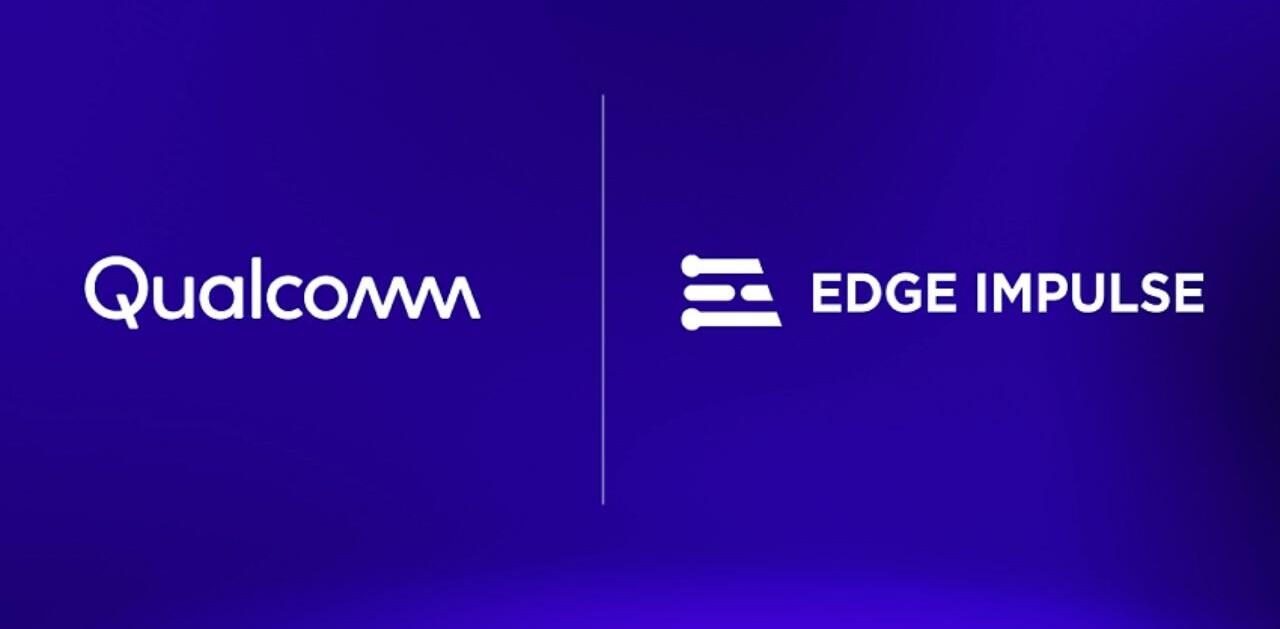
Go was first released as an open source programming language in 2009, and it’s had its ups and downs over the past 15 years.
Although it was only released in November 2009, Go saw such a dramatic rise in interest that it was named the 2009 Programming Language of the Year by the TIOBE Index, which awards this title to the language with the highest rise in rank in a full-year period.
In just two months, Go had rocketed to the top 20 of the Language of the Year ranking, which tracks a language’s popularity according to how often it’s being looked up across more than 20 search platforms.
The years since have been a bit of a roller coaster for Go. It’s seen TIOBE Index rankings outside of the top 50, but it also netted a second Language of the Year win for its resurgence in 2016.
This year, it’s maintained a position in the top 10 for a number of months. And with the US National Security Agency advising that developers should shift away from C and C++ to more memory safe programming languages, such as Go, its position among the top programming languages is sure to be sealed.
3 developer jobs to apply for now
- Web Developer, Scholt Energy, Valkenswaard
- Java / Full Stack Developer, Accenture, Bern
- (Senior) Frontend Developer, Maurer Electronics GmbH, Leipzig
In fact, when it was first developed at Google, the intention was to offer a simpler, more modern alternative to C and C++ for systems programming. And while these languages still have more to offer in terms of control over hardware, Go can offer easier concurrency as well as safer memory management.
Strengths and capabilities
Go also shares Python’s strengths of simplicity and readability, but unlike Python, it’s statically typed, similar to Java. And while Java has long been a mainstay for developers, with mature libraries and frameworks, Go is a staunch challenger with workarounds for many of Java’s complexities, such as the need for a virtual machine, and better support for concurrency.
That said, the two don’t need to be seen as rivals as both Go and Java serve different purposes and can even be found to co-exist within projects.
Go also has a robust standard library to help simplify routine development. And the language’s simplicity makes it easier to pick up for newcomers. Some have learned the basics in a matter of hours — though you could say that, like the Chinese strategy game of the same name, it might take moments to learn but a lifetime to master, owing to its flexibility and potential.
And, given that it’s open source with an active community, Go is continuously improving in a way that is responsive to developers’ needs. From its outset, Go was built to serve the modern development environment. In its latest developer survey, 80% of respondents said they trust the Go team to do what’s best for developers when it comes to maintaining and evolving the language.
It’s no surprise, then, that Go is finding use at the forefront of modern software development in AI and machine learning (ML) applications. Python is already quite dominant in AI and ML, but Go’s efficiency with large amounts of data shows potential here.
Respondents to the Go developer survey indicated that Go is a strong platform for AI/ML applications and the majority are either already using Go or would like to migrate to Go for AI workloads and builds such as summarisation tools, text generators, and chatbots.
Go is best applied to building applications and services that need scalability built in from day one. Where it really shines is in developing cloud-native applications, but its lightweight features and concurrency also add to its appeal for microservices and infrastructure tools.
Container orchestration tools such as Kubernetes and Docker are both written in Go, which is popular for DevOps tools because of its speed, reliability, and ease of maintenance.
3 tech roles hiring across Europe
- Kubernetes/Openshift Engineer, Accenture, Basel
- Software developer HALCON image processing – deep learning, MVTec Software GmbH, Munich
- DevOps Engineer, Capgemini Deutschland, Frankfurt
Overall, the Go ecosystem is a healthy one, with a large number of libraries and frameworks suited to various development needs. The fact that it can be picked up easily could add to its attraction as a value-add for any developer’s skill set. And developers seem to like working with Go, with a 93% satisfaction rate recorded in its latest developer survey.
It’s seen by developers as a language for modern, cloud-based development and, while it’s had a bumpy road to get there, its position among the world’s most popular programming languages could be assured for some time to come.
Looking for a new opportunity in tech? Start browsing The House of Talent Job Board today
Get the TNW newsletter
Get the most important tech news in your inbox each week.





